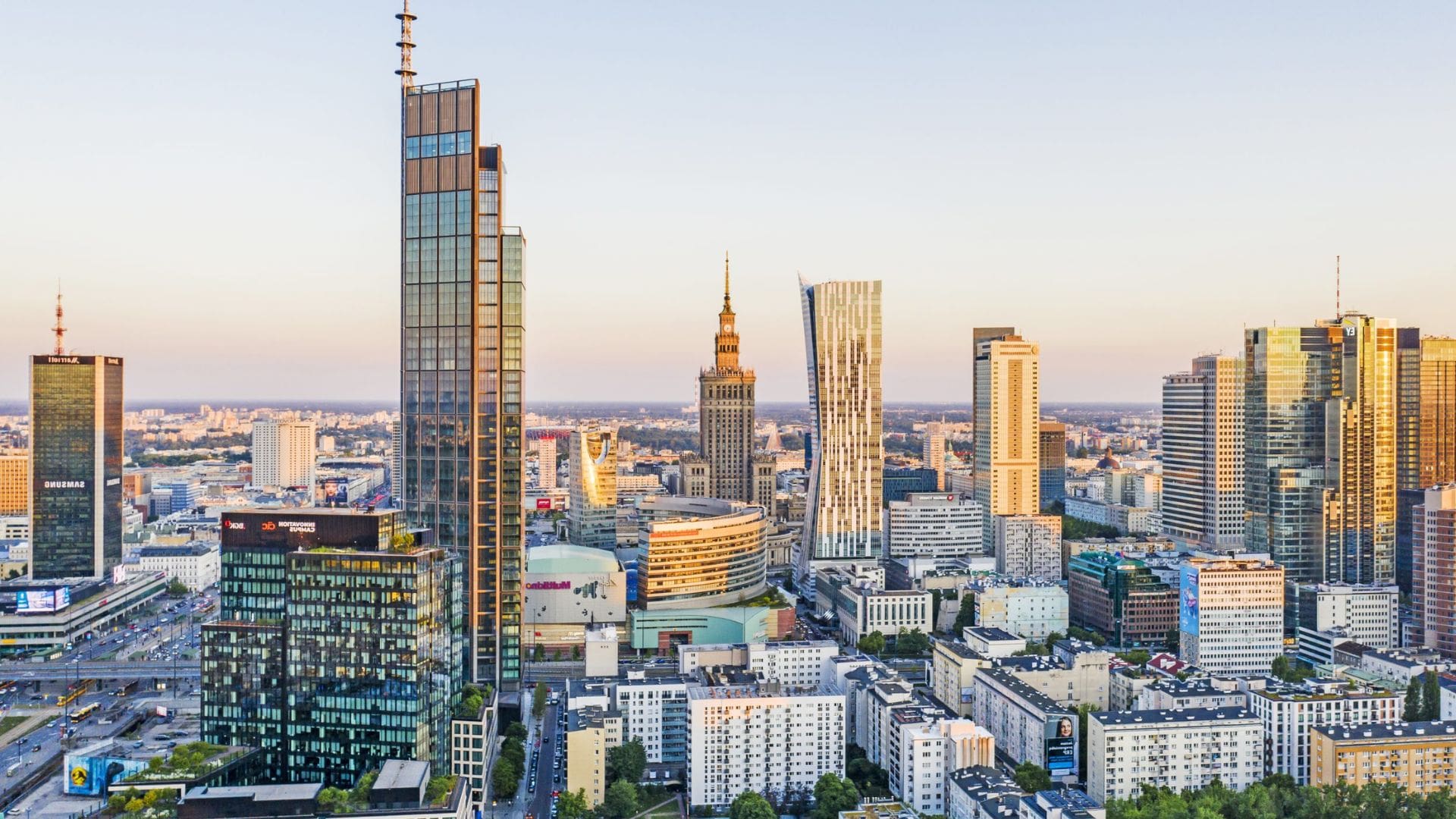A Century of Architectural Evolution: Poland and Romania's Real Estate Landscapes
- Romania | 22 February 2021

The year 2019 marked the centenary of diplomatic relations between Poland and Romania, two nations with rich histories and complex pasts. Over the past century, these countries have witnessed dramatic shifts in governance, from feudal societies to communism, culminating in their present democratic eras. These historical transitions have left a significant mark on their architectural and real estate landscapes, resulting in a diverse tapestry of real estate industries.
In this article, we embark on a brief journey through the capitals and rapidly developing secondary cities of Poland and Romania. We will provide an overview of the residential, retail, industrial, and office sectors, considering how the ongoing pandemic has affected them. While both nations have encountered unique challenges, one common thread emerges: the growing demand for real estate continues to outpace supply.
To comprehend the evolution of Poland’s and Romania’s property markets, we begin by exploring their capital cities.
Bucharest’s history has witnessed contrasting architectural styles, reflecting the city’s tumultuous past. In the 19th century, it earned the moniker “Little Paris” due to its fusion of Western influences, combining romanticism and neoclassical elements. Iconic structures such as the Atheneum, Cantacuzino Palace, Cotroceni Palace (now the presidential residence), and the Palace of Justice were constructed during this era.
The interwar period introduced Art Deco and functionalist buildings, showcasing the Telephone Palace and Bucharest North Railway station, among others. However, the second half of the 20th century bore the scars of Ceaușescu’s communist vision, characterized by the construction of sprawling residential neighborhoods and the imposing Palace of Parliament. This era left a legacy of monotonous residential blocks that continue to puzzle urban planners.
The post-communist era, spanning the past three decades, witnessed the emergence of glass and steel architecture, office buildings, malls, modern residences, and industrial centers on the city’s outskirts. This period was marked by privatization, foreign investment, and Romania’s EU accession in 2007. As the city grapples with ongoing construction projects, authorities face the daunting task of reimagining its urban development.
Warsaw stands out among European capitals for its remarkable resilience. Despite enduring wars and destruction, Warsaw has repeatedly risen from the ashes. The city’s urban landscape has witnessed various architectural phases, including gothic, renaissance, baroque, and neoclassical styles. St. John’s Cathedral, dating back to the 14th century, and beautiful baroque landmarks like Wilanow Palace and Kazimierz Church are testaments to its rich history.
However, WWII inflicted severe damage on the city, leading to extensive reconstruction, sometimes preserving original designs and occasionally adopting socialist realist architecture. The 1950s witnessed the construction of the iconic Palace of Science and Culture, a Communist skyscraper that dominated the skyline. Additionally, Stalinist boulevards and brutalist buildings became integral parts of Warsaw’s urban fabric.
From the 1990s onward, Warsaw embarked on a journey of modernization and urban development, competing with major European cities in terms of height and modernity. In 2021, the Varso Tower will dethrone the Palace of Science and Culture as Poland’s and the EU’s tallest building, symbolizing Warsaw’s transformation into a dynamic and forward-looking metropolis.








